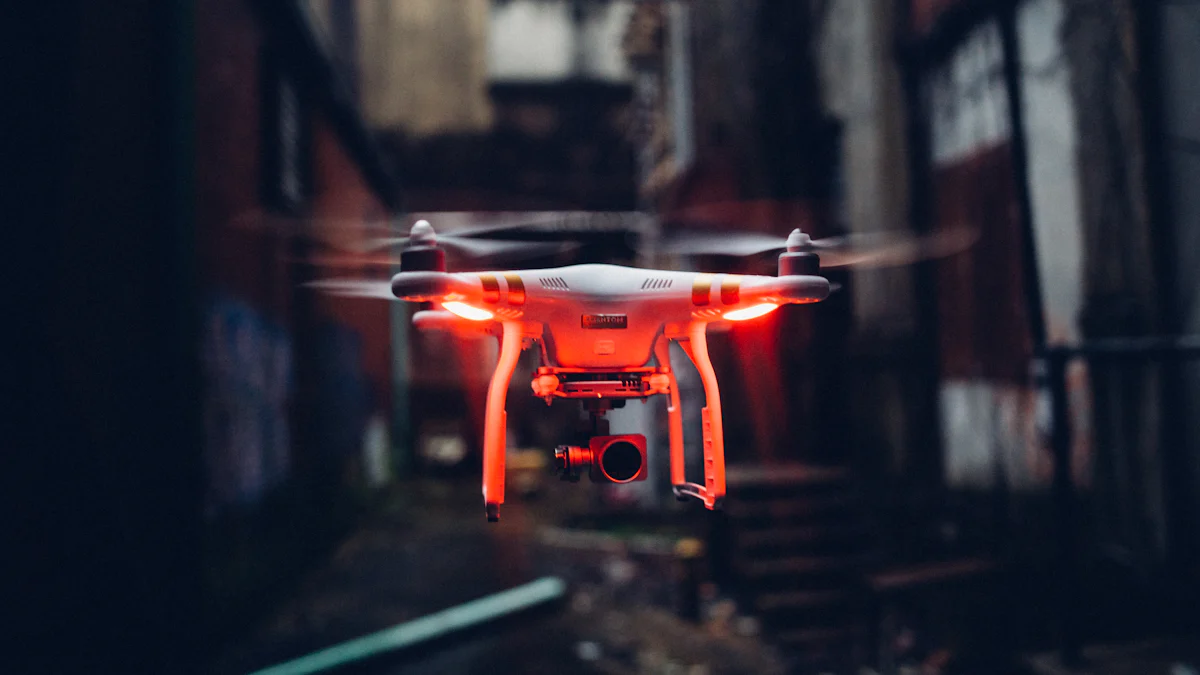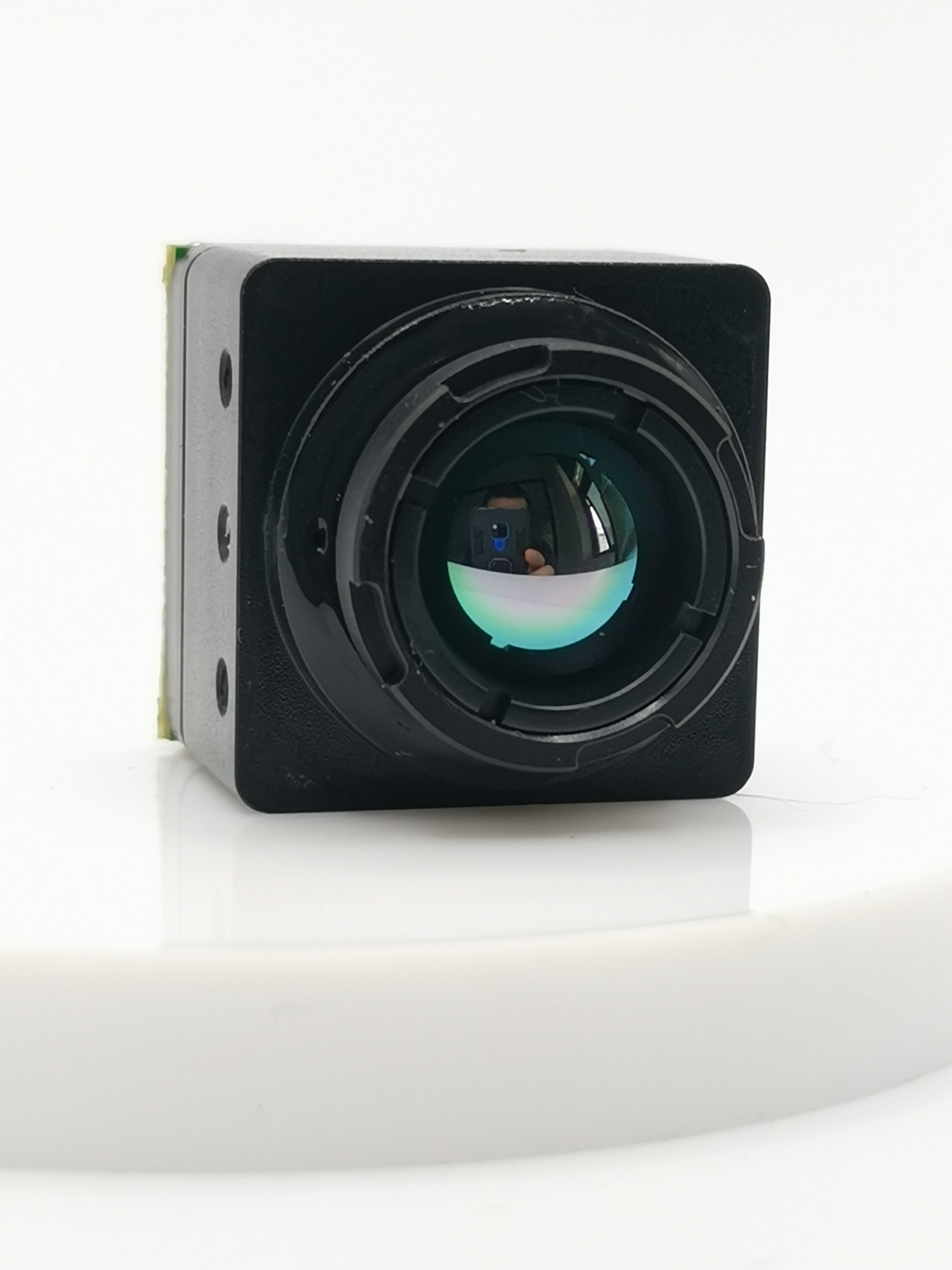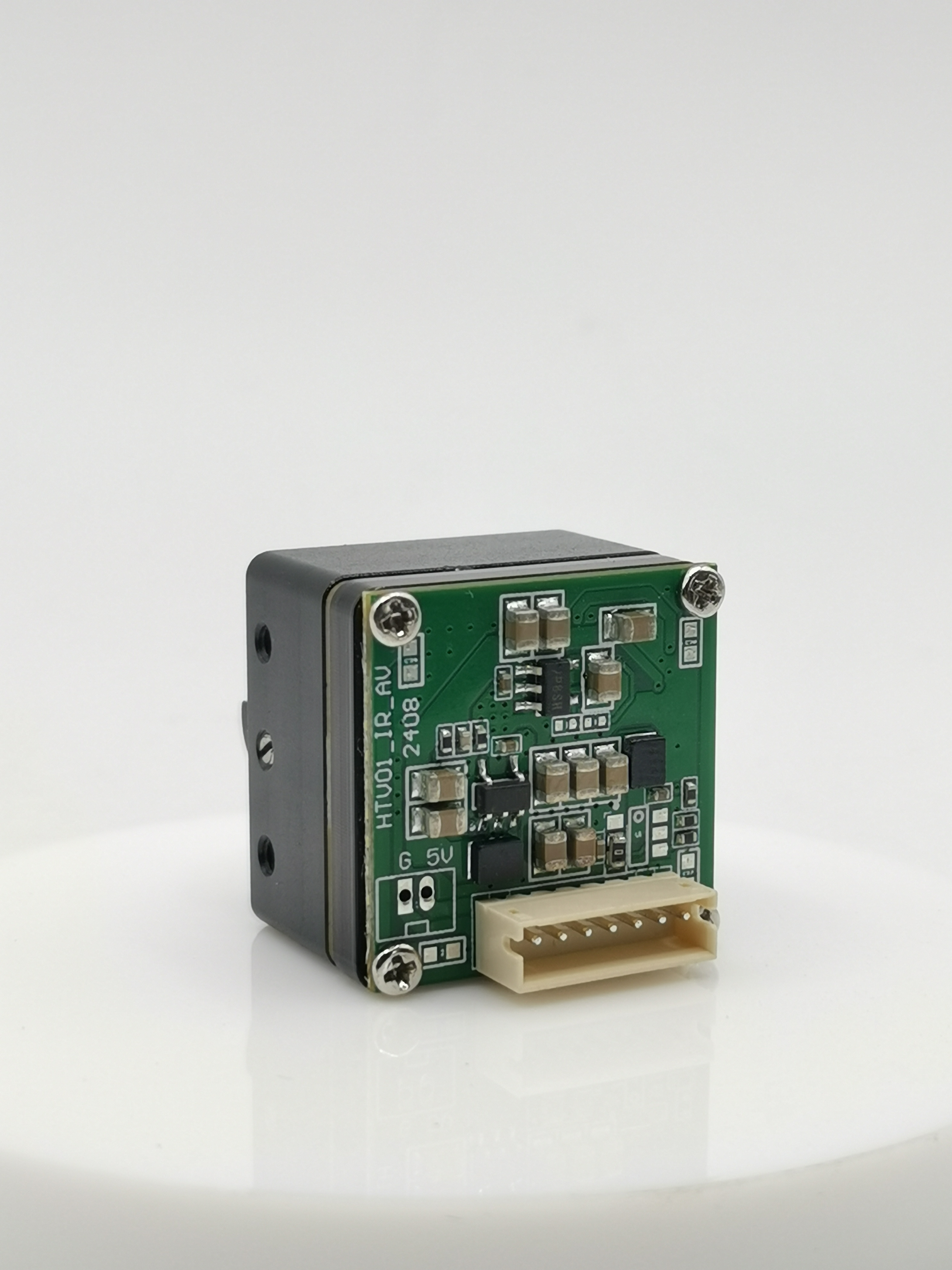5 Ways Infrared Drones Revolutionize Search and Rescue

Infrared drone cameras serve as an indispensable tool to enhance the effectiveness and efficiency of search and rescue missions, ultimately saving lives. Equipped with thermal imaging cameras, infrared drones can detect heat signatures from people and animals, aiding in locating missing individuals swiftly. Public safety agencies increasingly rely on thermal UAVs for scanning hard-to-reach areas, even in the darkest of nights.
Enhanced Detection Capabilities

When it comes to identifying heat signatures, infrared drones equipped with thermal imaging cameras play a pivotal role in search and rescue missions. By detecting variations in temperature, these drones can effectively locate missing persons in vast areas that may be challenging to cover on foot. Moreover, the ability of infrared drones to detect hidden dangers such as structural weaknesses or hazardous materials enhances the safety of both rescuers and survivors.
In the realm of infrared drone camera technology, the integration of advanced imaging sensors elevates the precision and accuracy of thermal imaging. These sensors enable detailed thermal mapping, providing crucial data for search and rescue operations. Additionally, real-time data transmission capabilities ensure that information is swiftly relayed to ground teams, expediting decision-making processes.
Thermal drones equipped with infrared cameras have revolutionized search and rescue efforts by enhancing detection capabilities and improving operational efficiency.
Improved Efficiency and Speed
Rapid Deployment
To ensure swift response times in search and rescue missions, DJI Matrice 350 RTK drones are utilized for their rapid deployment capabilities. These drones excel in covering extensive areas efficiently, minimizing the time required to locate missing persons. Equipped with a night vision FPV camera, they enhance visibility even in low-light conditions. The remarkable DJI O3 Enterprise Transmission technology extends operational reach up to 20 km, significantly improving efficiency during nighttime searches.
Quick Setup and Launch
The Zenmuse H20N drone streamlines operations with its quick setup and launch features. This drone's infrared camera, combined with a high-powered zoom camera, enhances its ability to swiftly identify individuals in distress. By reducing preparation time and simplifying deployment procedures, the Zenmuse H20N optimizes search and rescue efforts effectively.
Immediate Area Coverage
Officials from the Moore County sheriff’s office successfully rescued a missing 11-year-old using the DJI Matrice 210 infrared drone from DSLRPros. With a family anxiously awaiting news of their missing daughter, this drone provided immediate area coverage, enabling the team to start the search promptly.
Thermal UAV Benefits
The industry-standard DJI Matrice 300 RTK offers unparalleled benefits for thermal UAV operations. With up to 55 minutes of flight time and advanced AI capabilities, this drone platform sets a new standard for efficiency in search and rescue missions.
Extended Flight Time
The DJI Matrice 300 RTK's extended flight time ensures prolonged aerial surveillance without interruptions. This feature is crucial for covering vast terrains during search operations while maintaining continuous monitoring capabilities.
High-Resolution Imaging
Equipped with high-resolution imaging technology, thermal UAVs like the DJI Matrice series provide detailed visuals essential for identifying targets accurately. The high-quality imaging capabilities of these drones enhance operational speed and accuracy in locating individuals in need of assistance.
Access to Hard-to-Reach Areas

Navigating Challenging Terrain
Forests and Mountains
In a recent operation near Faversham, a Kent Fire and Rescue Service team utilized cutting-edge drones to locate a missing woman with a broken leg deep within the dense woodland. The infrared drone's thermal imaging capabilities proved instrumental in swiftly identifying the distressed individual amidst the rugged terrain. By seamlessly maneuvering through the thick forest cover and treacherous mountainous regions, the drone provided crucial assistance in expediting the rescue mission.
Urban Environments
Amidst urban landscapes teeming with complexities, infrared drones offer unparalleled access to otherwise challenging areas during search and rescue operations. Equipped with advanced thermal imaging technology, these drones effortlessly navigate through bustling cityscapes, enabling swift identification of individuals in distress. In densely populated urban environments where traditional search methods may fall short, infrared drones emerge as indispensable tools for enhancing search and rescue efficiency.
Infrared Drone Versatility
Day and Night Operations
The versatility of infrared drones extends beyond daylight hours, allowing for seamless operations even under the cloak of night. With their thermal imaging cameras capturing heat signatures regardless of lighting conditions, these drones ensure continuous surveillance capabilities round-the-clock. Whether it's dawn or dusk, infrared drones remain steadfast in their ability to provide critical support during search and rescue missions.
Weather Resistance
Unfazed by adverse weather conditions, infrared drones showcase remarkable resilience when faced with challenging environmental elements. From scorching heat to freezing cold temperatures, these drones operate efficiently, delivering consistent performance irrespective of weather fluctuations. Their robust design and advanced thermal imaging technology make them indispensable assets for search and rescue teams operating in diverse climates.
Enhanced Data Collection and Analysis
Detailed Thermal Mapping
Utilizing thermal imaging technology in search and rescue operations enhances situational awareness, contributes to rapid response, and minimizes risks for first responders. The detailed thermal mapping capabilities of infrared drone cameras play a crucial role in creating 3D models with high spatial resolution. By leveraging advanced imaging sensors, these drones capture intricate details of the terrain, enabling precise modeling of the search area.
Creating 3D Models
The integration of thermal imaging drones in search and rescue missions revolutionizes the way rescue teams locate missing persons, identify potential hazards, and provide assistance to survivors. By capturing thermal data from various angles, these drones facilitate the creation of detailed 3D models that aid in visualizing the terrain and optimizing rescue strategies effectively.
High Spatial Resolution
Infrared drone technology is instrumental in locating missing individuals in challenging terrains by providing high spatial resolution imagery. The use of FLIR cameras allows for the detection of heat sources with unparalleled accuracy, ensuring that rescuers can pinpoint individuals in distress swiftly and accurately.
Infrared Drone Data Integration
Thermal imaging drones are used to find missing individuals in challenging terrains, showcasing their versatility and effectiveness in search and rescue operations. These drones can be seamlessly integrated with other technologies to enhance decision-making processes and improve overall operational efficiency.
Combining with Other Technologies
The application of thermal imaging drones in search-and-rescue operations is invaluable for locating missing persons and providing assistance to survivors. By combining thermal data with other sensor inputs, such as GPS coordinates or environmental data, infrared drones offer comprehensive insights that aid rescuers in making informed decisions during critical missions.
Improving Decision-Making
Thermal drones equipped with advanced infrared cameras help rescuers discover missing victims in various disasters, even at night. The real-time data transmission capabilities of these drones enable continuous monitoring of the search area, contributing to enhanced decision-making processes based on accurate and up-to-date information.
Increased Safety for Rescuers
Remote Monitoring
Skydio X2, a leading drone in search and rescue operations, offers remote monitoring capabilities that significantly reduce human risk. By utilizing its thermal imaging technology and advanced obstacle avoidance features, the Skydio X2 can access hard-to-reach locations without the risk of crashing, ensuring the safety of rescuers. This innovative drone can venture into dangerous environments, minimizing the need for individuals to expose themselves to potential hazards unless absolutely necessary.
Reducing Human Risk
The implementation of drones like the Skydio X2 in search and rescue missions plays a crucial role in reducing human risk. With its ability to navigate challenging terrains autonomously and identify heat signatures with precision, this drone enhances operational safety by minimizing direct human involvement in high-risk scenarios.
Enhancing Situational Awareness
Through continuous area scanning capabilities, infrared drones provide real-time alerts that enhance situational awareness for rescue teams. The integration of thermal imaging technology allows drones to monitor vast areas efficiently, alerting responders to critical developments promptly. By offering a comprehensive view of the search area and immediate alerts on potential risks or changes, infrared drones like the Skydio X2 empower rescuers with enhanced situational awareness.
Highlighting the transformative impact of infrared drones in search and rescue missions.
Stressing the critical role of embracing cutting-edge infrared drone technology for enhanced efficiency.
Anticipating future advancements in search and rescue operations through innovative drone applications.
Reflecting on the profound influence of infrared drones on elevating safety standards and operational effectiveness.
In summary, the integration of thermal imaging drones marks a pivotal advancement in search and rescue capabilities, promising a safer and more efficient future for emergency response teams.
See Also
Innovative Applications of Thermal Cameras in Drone Inspections
Solving Firefighting Obstacles Using Thermal Cameras on Drones
Enhancing Drone Surveillance and Reconnaissance with Thermal Imaging Technology
Key Advantages of Analog Thermal Cameras for Drones Revealed
Transforming Field Gear with Thermal Imaging Technology for Quadcopter Drones
Contact Us: Ms. Coco Huang
E-mail: sales@iasun.cn
WhatsApp/Wechat: +86 13510421923

